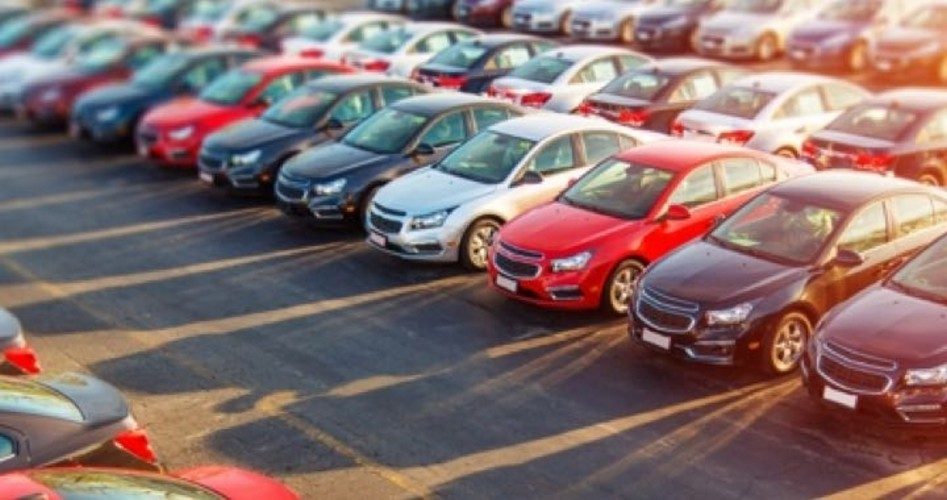
Podcast: Play in new window | Download ()
Subscribe: Android | RSS | More
Longer and longer car loans are creating an illusion of affordability that could lead to disaster in the event of a downturn in the economy. Most new car buyers consider only the monthly payment, not the total amount they will spend on that shiny new SUV or how long those payments will last. When the payments outlast the vehicle, more and more borrowers (nearly a third of them, at last count) roll over the remaining balance into a new loan, creating perpetuity of debt for themselves.
Dealers now make more money selling loans than they do selling the cars themselves. A decade ago, according to J.D. Power, a new car dealer made an average of $867 on a car and $516 on the financing of it. Today it’s reversed: Dealerships make an average of $381 on the sale of the vehicle and nearly $1,000 on the financing of it. And interest rates on longer-term loans are higher, increasing the incentive for dealers to offer longer term loans, allowing buyers to buy more car than they can afford.
According to Bankrate.com, the median-income household, with a four-year car loan, 20 percent down, and a payment under 10 percent of gross income, can afford to purchase a vehicle priced at $18,390 (not including taxes). But the average buyer is buying twice as much car, borrowing an average of $32,119 for a new car.
At present the average car loan stretches out to 69 months but an increasing number of buyers are opting for loans extending out to 85 months or longer. While this has been a boon to the auto industry, the dirty little secret is that the boom is based on debt. According to the Federal Reserve, U.S. car buyers owe $1.3 trillion on their cars, almost double what they owed just 10 years ago.
The booming U.S. economy is helping spur the trend to spend more and borrow more, over longer periods of time. The mindset appears to be “straight-line thinking in a curvilinear world” — an assumption that the U.S. economy will continue to generate more jobs and higher wages for as far out as the eye can see.
But with the economy growing for a record 11 straight years, and the average car loan pushing six years and growing, the chances are increasing daily that a downturn will bring the inevitable day of reckoning: The consumer bought too much car and now can’t pay for it.
That day is already dawning. According to the latest data from the Federal Reserve Bank of New York, car loan delinquencies are approaching levels not seen since the Great Recession (which began in December in 2007 and didn’t officially end until June 2009). More than seven million borrowers are already 90 days or more behind on their car payments.
During the Great Recession new car sales plummeted from an average of 15 million vehicles a year to less than 10 million. It took years, and government bailouts of car companies, for the industry to recover. It took even longer for consumers who found themselves increasingly upside down on their car loans, compared to what their cars were worth on Craigslist, to work their way back to even.
Longer and longer term car loans are masking the increasing likelihood of a repeat performance.
An Ivy League graduate and former investment advisor, Bob is a regular contributor to The New American, primarily on economics and politics. He can be reached at [email protected].


